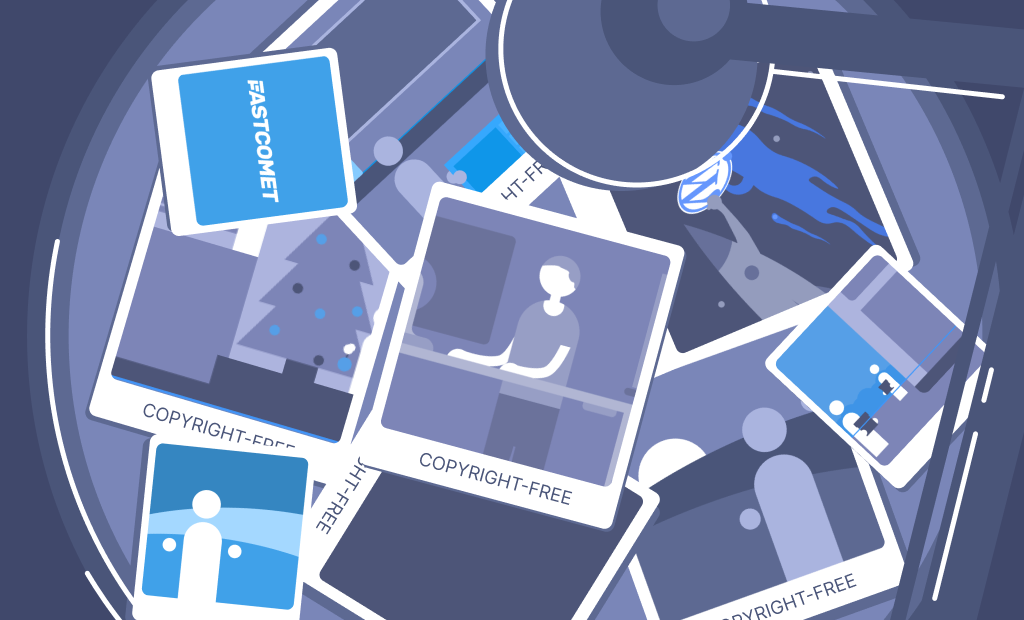
Images For Your Site: AI Generated or Stock
Everyone who has ever had a blog, or been to a blog, knows how crucial images are. Images break up the visual monotony of text and give the reader something else to appreciate other than letters on a white (or hopefully dark) screen. However, with copyright being such a hot topic for the past few years, it is understandable that finding good, relative images that won’t get you into trouble can be difficult. That is where AI (Artificial Intelligence) and stock images come into play.
Image generation and websites that provide non-copyrighted images are invaluable resources. They can help to elevate your website from a wall of text to something visually pleasing. In this blog post, we will explore the developing world of AI-generated images and give a nod to a few of the most popular free image websites. So which one suits your needs better? AI or stock? Read on and find out!
Key Takeaways:
- Websites need images to be appealing to new and old visitors. Without the visual element, a website is nothing more than a wall of text or empty spaces. We are no longer in the era when that was acceptable, and users nowadays require something nice to look at while browsing a website.
- We strongly advised against using copyrighted images on your website. That can lead to a lot of problems for you or your business. AI-generated pictures or stock image providers can help you decorate your website without worrying about breaking any laws. We will show you several examples of each!
- AI-generated images are an inevitable part of digital art now. AI technology can work miracles when combined with the creativity and intellect of an actual artist. While it has its place in the art industry, it is not here to replace humans anytime soon.
AI-generated Images
While we will focus only on images, you can generate music or text with the help of an AI as well. ChatGPT is probably the most famous bot that can write literal articles for you in a matter of moments. But, for the sake of this article, we will focus on AI-generated images, what rules apply to them, and the future of the technology.
All of the images in the AI sections of this article have been generated by us or the community via AI
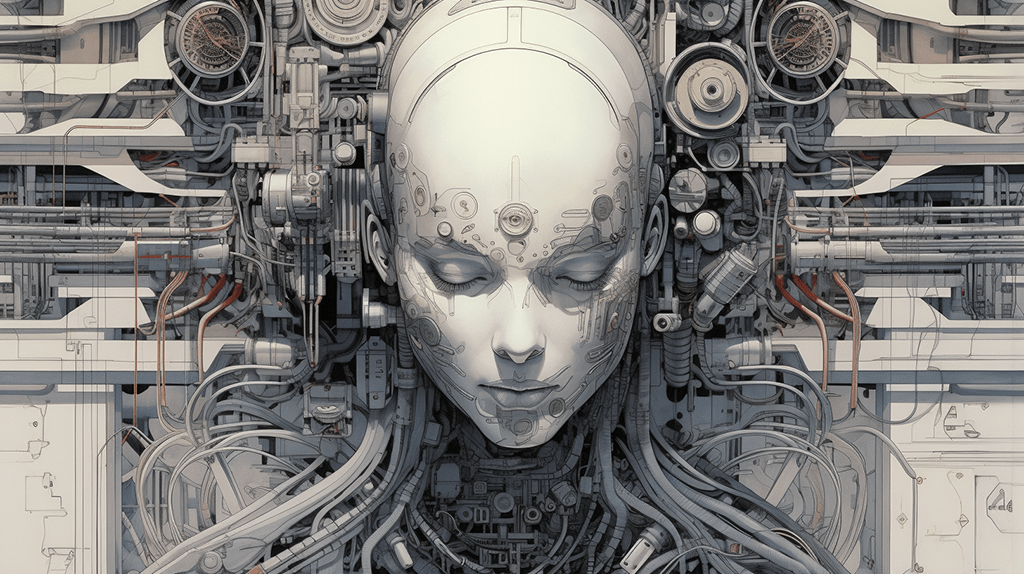
What is an AI-generated Image?
For those of you who are out of the loop, an AI-generated image is an image put together by an AI; a bot. The bot can receive a prompt in the form of descriptive words about what the image should be. Then, the bot processes the prompt and produces an image according to how it interprets the words. Some bots can even accept a reference image to use as a guideline alongside the prompt to generate an even more accurate picture. To interpret the prompt the bot uses various algorithms and datasets to piece together an image. Image generation AI uses a large amount of images to learn from in their datasets, to use as references. The algorithms they use draw information from the dataset, such as shapes, textures and colors. Then, when given a prompt, the algorithms use what they have learned to “draw” the image.
Because of that, images generated in such a fashion will always be unique. Each individual bot will understand the prompt differently. Therefore no two images will be the same.
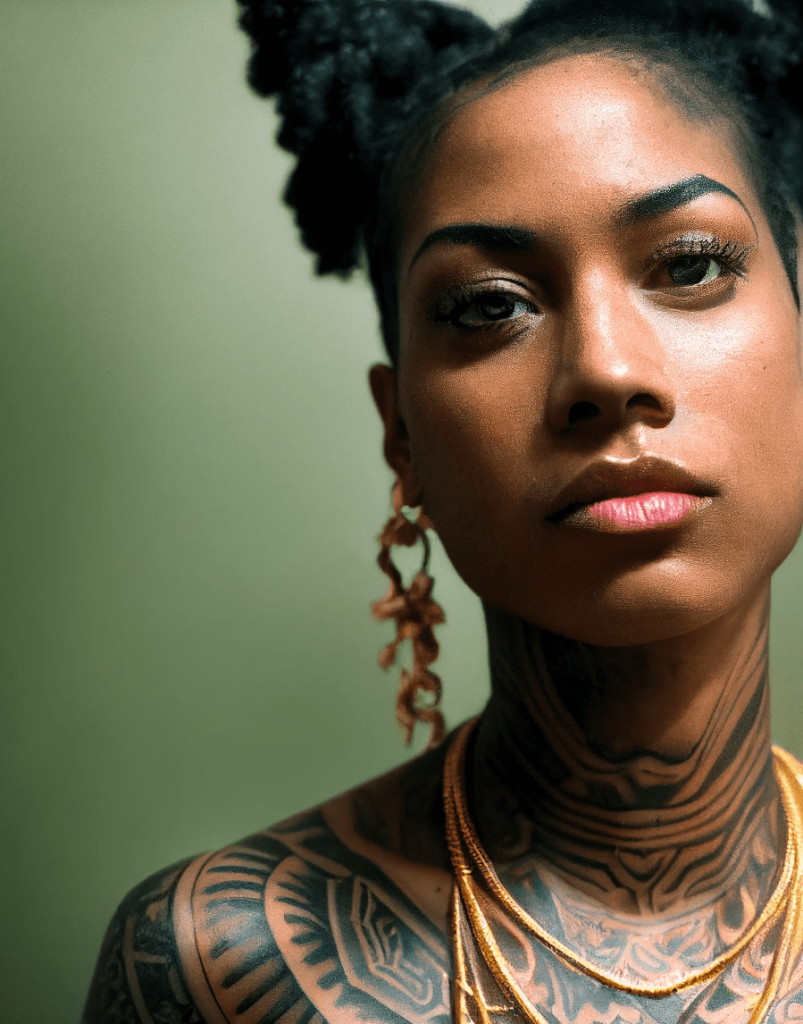
As you can see from the example above, the image looks like any other you would find on the Internet. Typically bots will use images online as references but not blatantly copy them. That is primarily due to the prompt also playing a significant role in the generation process, with its uniqueness. You may ask yourself if this is legal, which is an excellent question. Read on, and we will explain!
Are AI-generated Images Copyrighted or Legal?
By design, a bot will not blatantly infringe on copyright, making it perfectly legal to create images. When generating an image, the bot will not copy an image found online and provide it to you as output. It will generate a new image that may or may not resemble an existing one. Still, it will be a new one nonetheless. That is good news for artists because their art pieces will not be infringed upon.
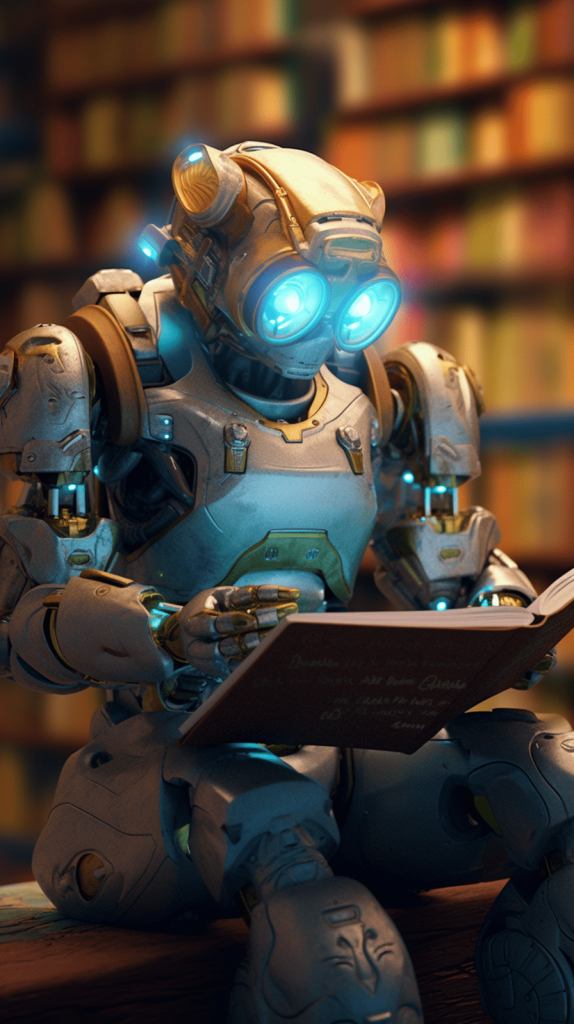
But can AI-generated images be copyrighted? According to US law and EU law, the answer is that they can’t be. Both laws basically state the same thing: a work of art can only be copyrighted if created by a human. While, yes, a human does provide the prompt for a bot to begin an image off of, the bot ultimately does the work. Therefore, the image cannot be copyrighted. Simply put, nobody can claim ownership of an image that a bot has generated.
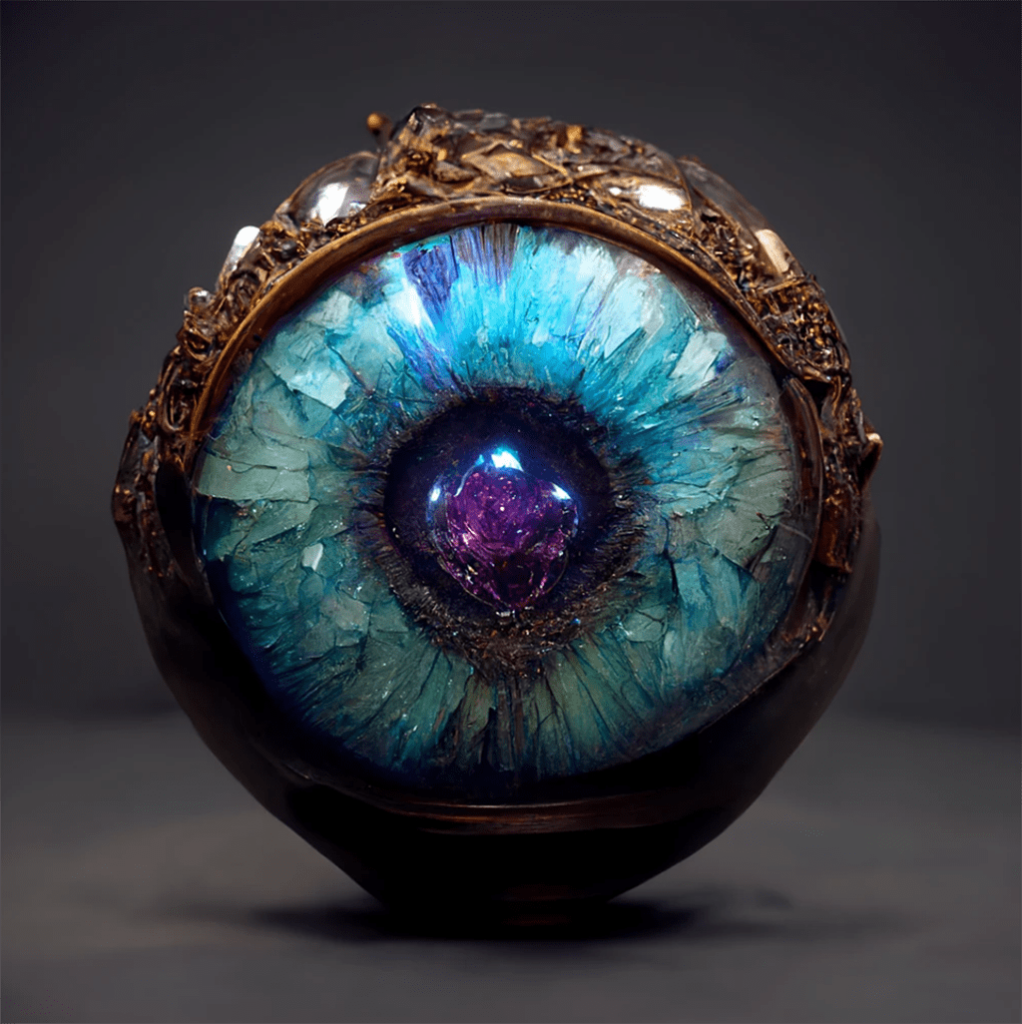
Something else that is worth noting is that AI are currently allowed to learn from already existing images; be it on the Internet, or via manual input. However, as you can imagine, that is very controversial and it is why many artists are concerned about the future of their craft. It would make sense if some mechanism or law is put into place in the future to allow artists to exclude their work from being used for machine learning. Currently, there is no system to prevent an AI from learning how to create images based on a pre-existing, copyrighted, image. We suspect that may change in the future, though, exactly because of copyright.
The Future of AI Art
There is still a lot of debate on whether or not AI art is a threat to actual artists, if it is morally correct, or if it will bring the end of conventional art as we know it.
Like most new technologies, people are either excited about it or doomsaying. However, it is essential to note that AI art has been around for decades. Only recently has it risen in popularity due to improvements in artificial intelligence, which led to impressive image generation results. It can create visuals that would take a human hours or days to make in a matter of seconds. We believe that it will not replace human artists, however.
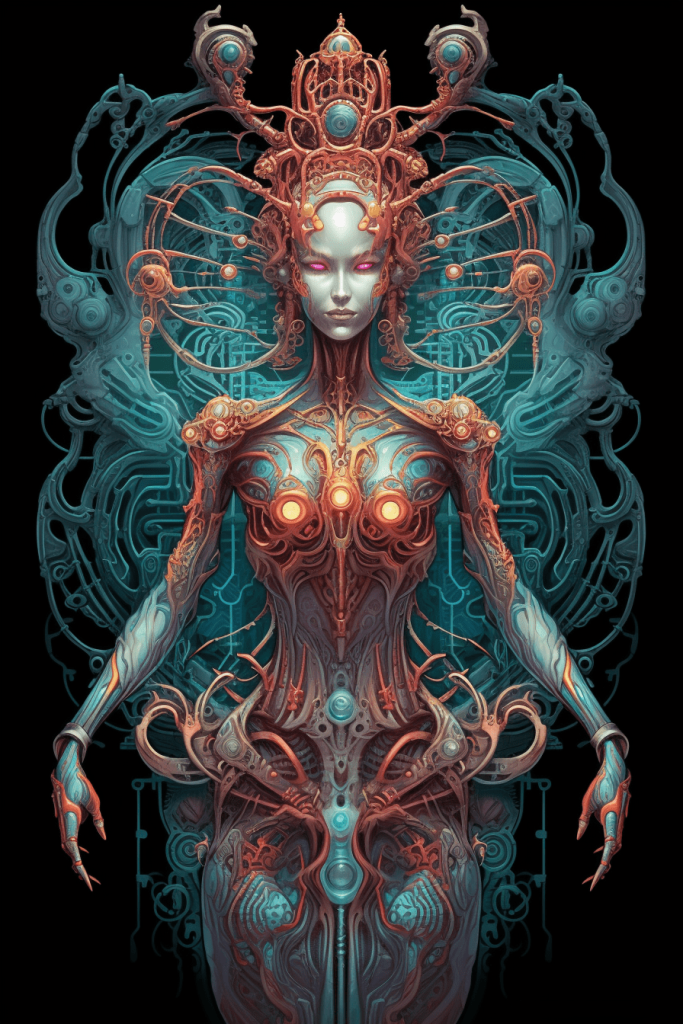
We believe that because, for the foreseeable future, AI art is not precise and not creative. A bot can generate a fantastic image. However, chances are it won’t create the exact image a person had in mind. Only a human can do that for now. The bot producing the picture also does not have its own creative flair. An image created by an AI has no personality. Each human artist has their own style, which matters to many people.
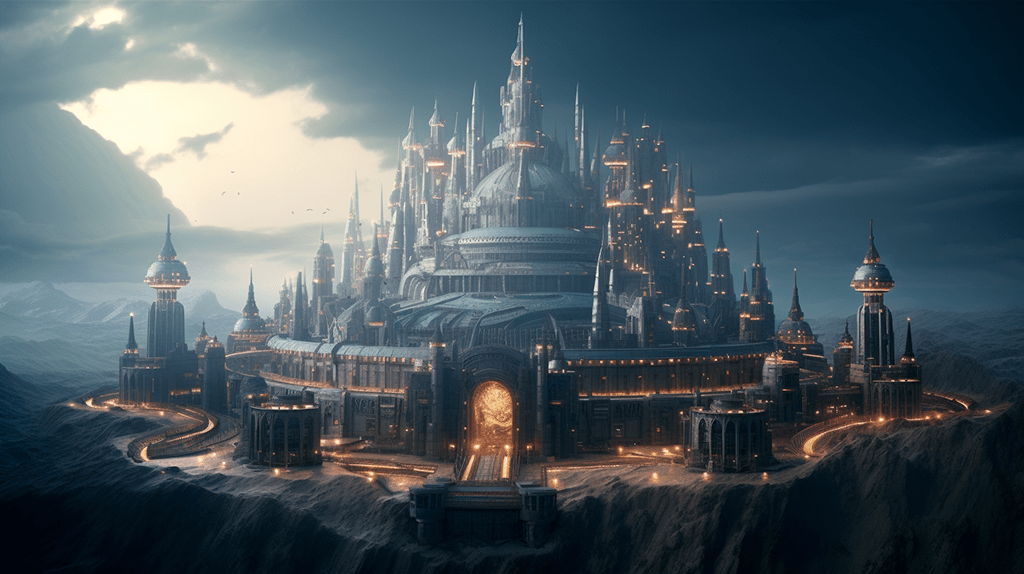
AI art is very convenient and has its purpose. It can generate images quickly, and that is its most significant advantage. You don’t have to wait on an artist to draw by hand, which can take days. However, we should not be looking at this in its extremes. AI art is not here to replace conventional artists. Instead, AI art is here to add to the art world as a whole. While it can pose some threat to people’s jobs and might impact the industry, we suspect it will mainly enhance and not harm. It is a new technology with a bright future ahead of it, and we should embrace it as a good thing rather than something evil.
MidJourney, Stable Diffusion, Dall-E and Adobe Firefly
MidJourney, Stable Diffusion, Dall-E and are three of the most popular AI image generators on the Internet at the moment. Adobe Firefly, however, requires Photoshop and not only can it create images, but it can also build upon them without needing to generate a whole new image. We will explore all four of these below. For the former three we will show you an example of how they handle an identical prompt. The prompt itself is this, if you would like to try it yourself:
a lush forest, a single massive tree with a huge canopy of leaves, natural lighting, fantasy, undergrowth, creek, beautiful lighting, adventurous mood, cinematic lighting, landscape
MidJourney
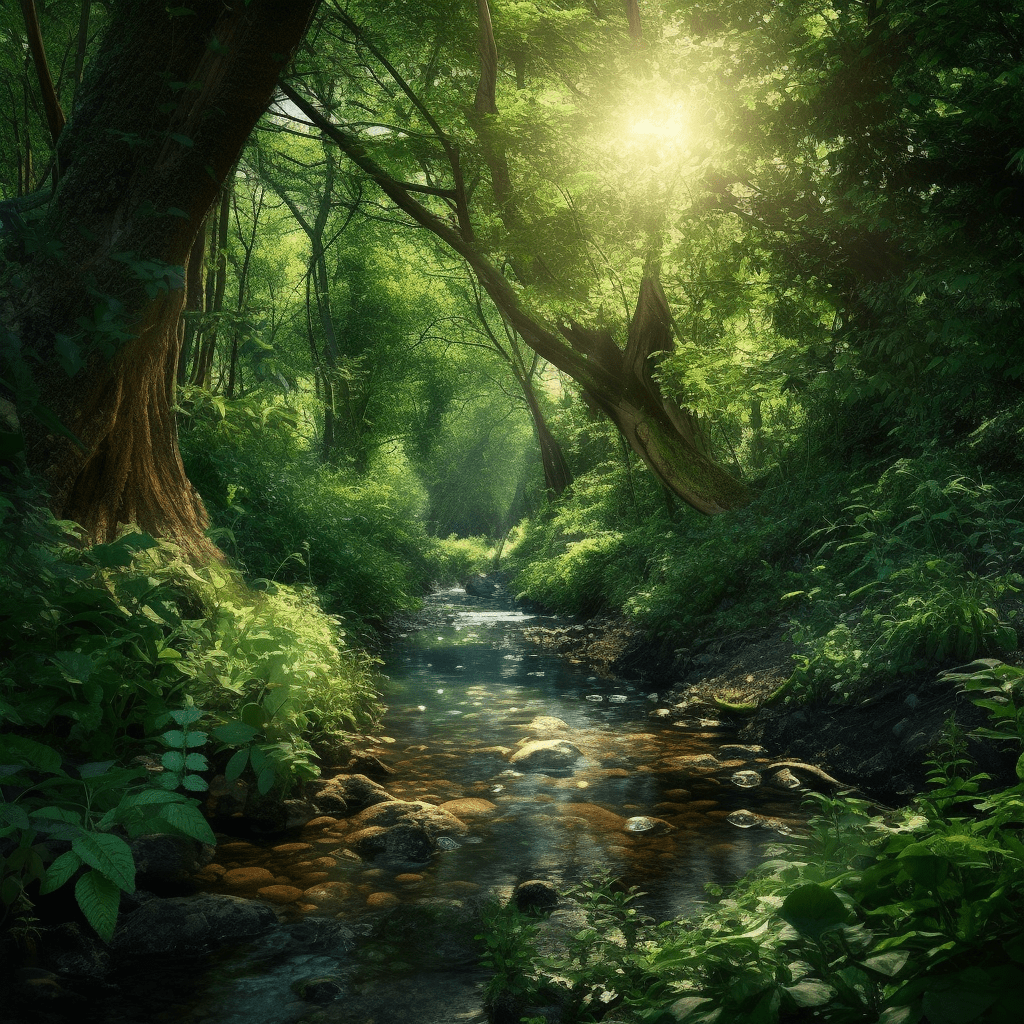
The MidJourney image generator entered open beta in July of 2022. Since then, it has been hailed as the most consistent and high-quality image generator currently available. It even won an art award!
However, it does not have a public version that is online. The only way to utilize MidJourney is to join their Discord server. Typically, there is a subscription fee you must pay in order to use the bot, but they do have a free trial. That can be a deterrent for some, especially those who do not use Discord, but the upside is that if you do decide to get Discord and join the server, MidJourney has excellent documentation that will help you get started. Even if you are not excited about getting Discord and joining the server, though, please consider the community-side of things. You will be among people who are there for the same thing you are. That can be an immense well of inspiration and if you face any issues, you can directly ask all those people. Just keep the community guidelines in mind.
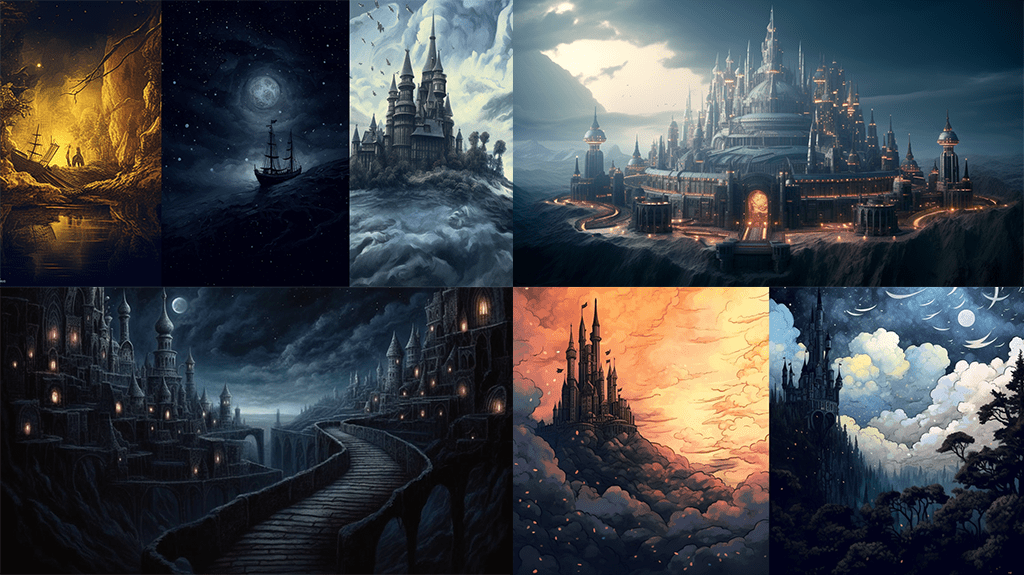
The free trial itself will allow you to generate about 25 images. If you wish to continue using the bot, then you will have to choose a subscription tier. Their website has more information. Any subscriber can use the images they have generated for commercial purposes. The free trial images cannot, though.
Finally, MidJourney also offers the option to upscale an image, which will improve its quality and detail even further. You can even add your own image for the bot to use as a reference. To top it all off, the bot will also provide you with a prompt of what it understands from the image you uploaded. That can be immensely useful if you wish to generate a similar image to what you already have. You can find some example prompts and their generated images on this website.
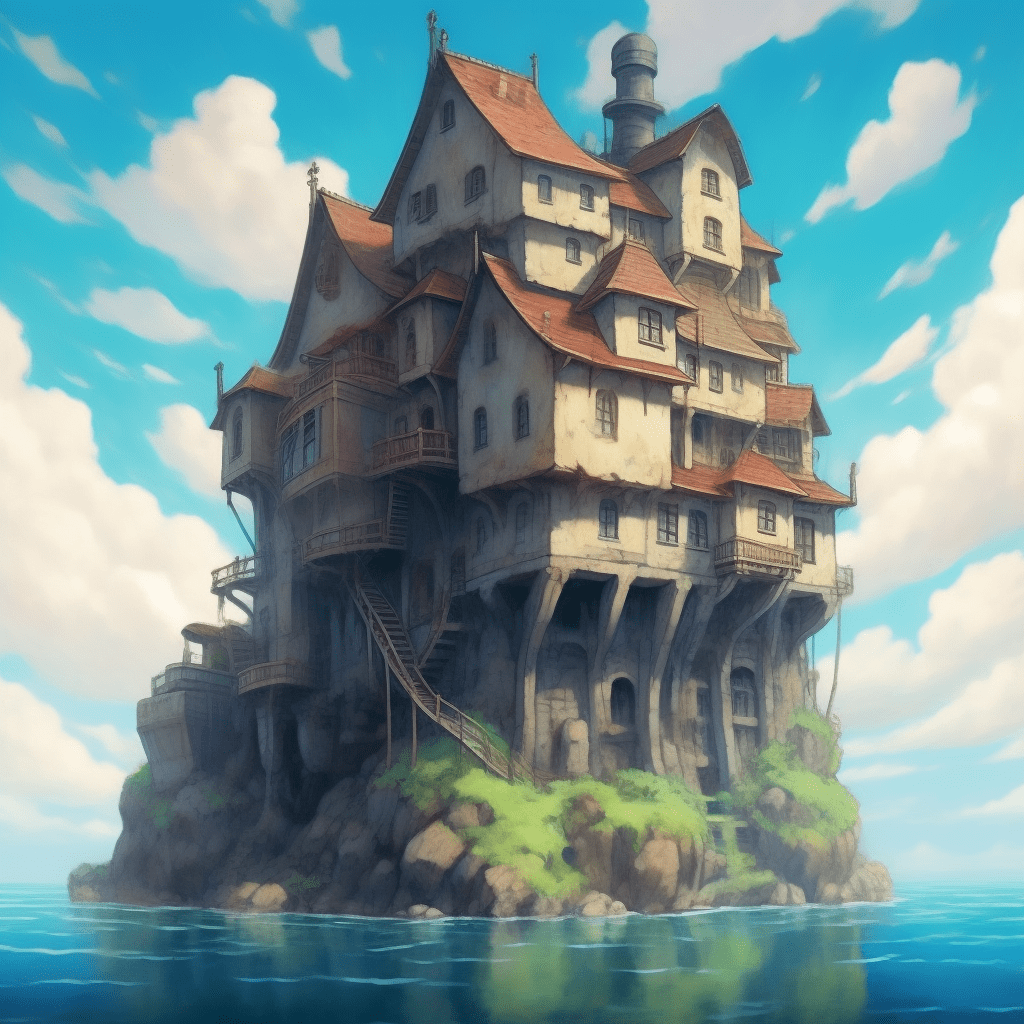
Stable Diffusion
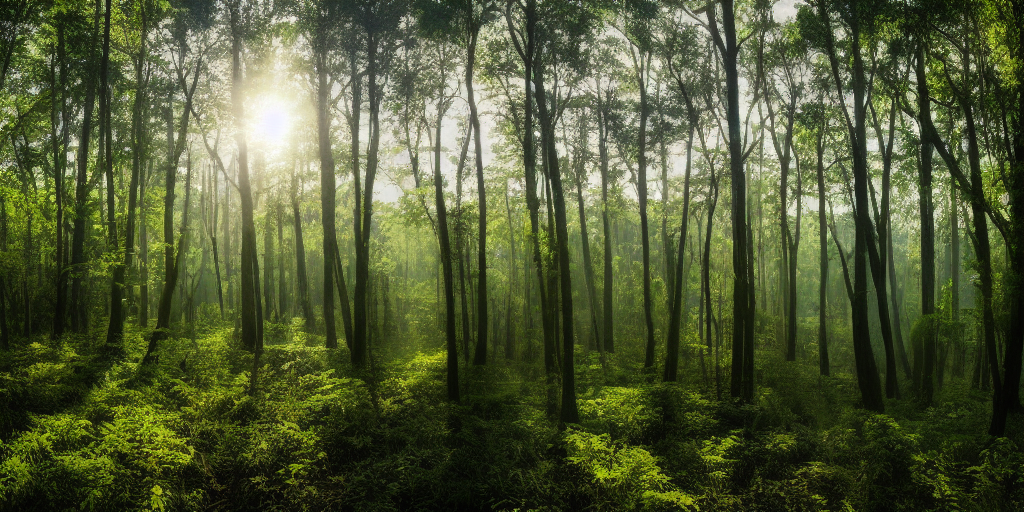
Stable Diffusion came out in August 2022. It offers more relaxed rules about what images can be generated than MidJourney, and is also free and open source. The latter is great if you want to tinker with the bot yourself, and run it locally. That way you can make the bot create very specific images for you. For instance, if you are a company and need logos or other art that has a specific style, over time you can train the bot to create with a similar style. That comes with the tradeoff that the image quality is not as good as MidJourney. The upside is that it comes with more image customization options in the form of an editor.
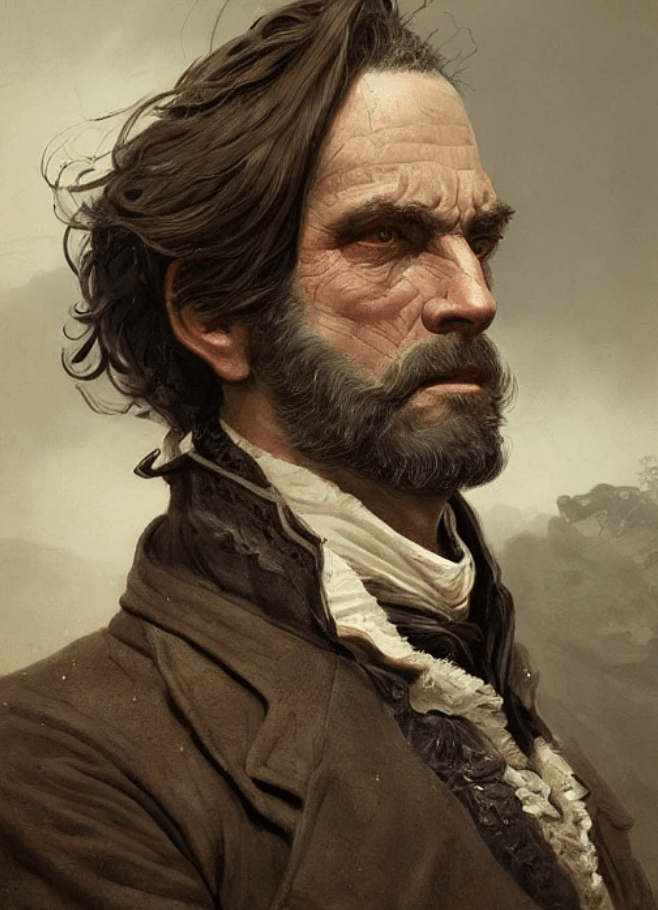
The editor is the public app Dream Studio. It is the Stable Diffusion AI, but with an editor and graphical interface attached to it, to put it very simply. The first 100 credits are free and will last for about 500 images, if you are using the basic settings in the editor. Using more of the editor’s power will cost you more credits, therefore fewer images will be generated with that 100-credit allowance.
The Stable Diffusion bot can also use a large number of models, which is a big plus. In this context a model is like a template or a list of references that the bot will use to base its generation algorithms on. As an example, if the bot is using a model which was trained with only classical paintings, the end result will also be in the style of a classical painting. HuggingFace and CivitAI are excellent sources for models, with the latter having example images. While this is a giant upside, it also has a steep learning curve. You may get more out of it in the long run, but you will need to put time in it.
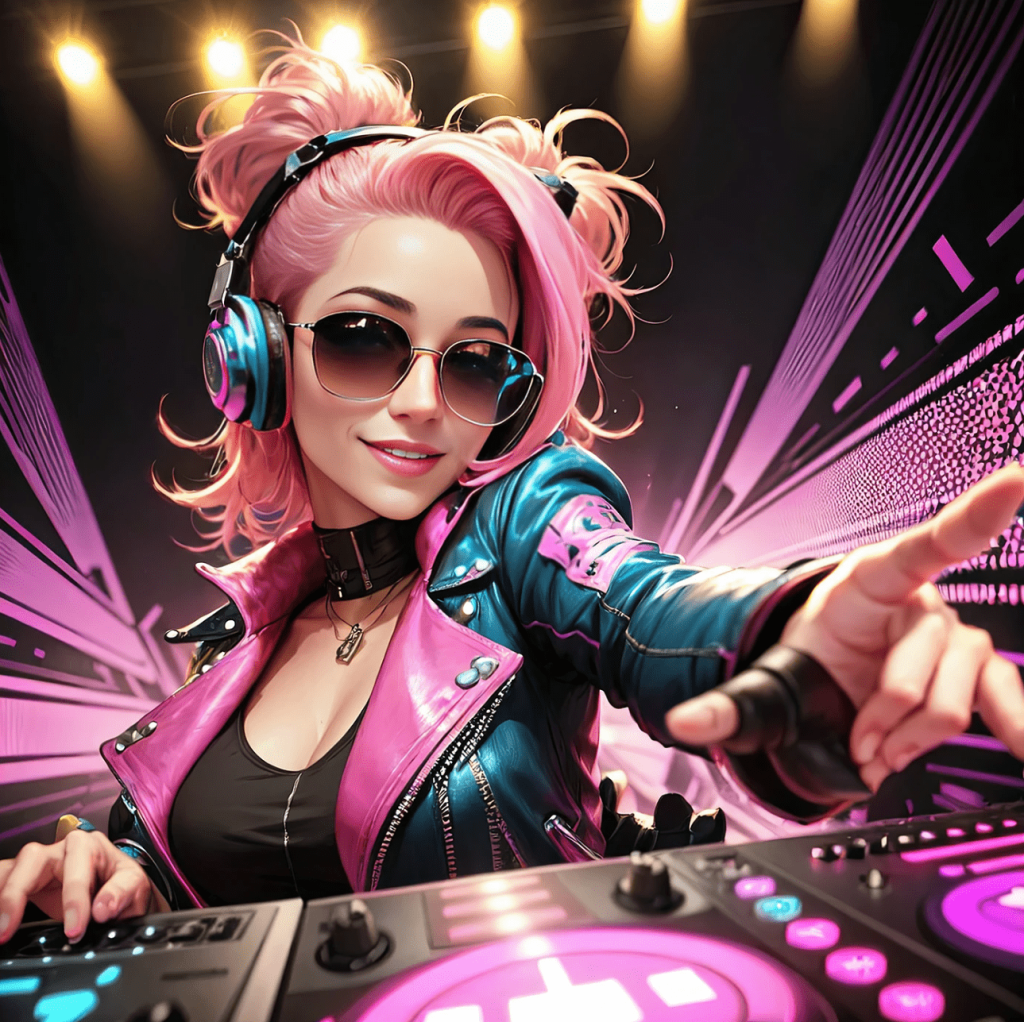
Finally, the bot can also accept negative prompts. The bot will avoid the values given in this negative prompt, which is an excellent way to narrow down what it creates. Nonetheless, this bot is an excellent starting point for anyone who is interested in experimenting with prompts, especially with the publicly available prompt database. Here are a few examples of what Stable Diffusion can do for you!
Dall-E
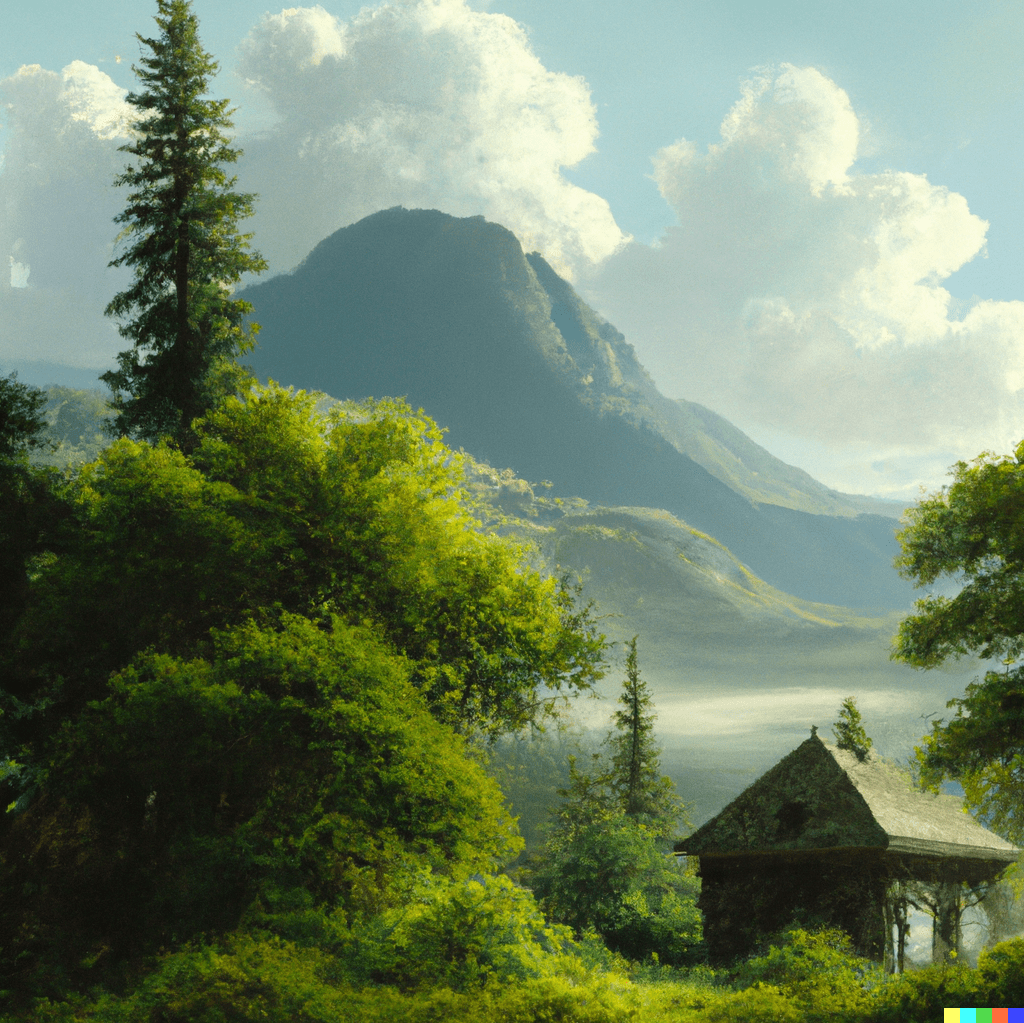
OpenAI created Dall-E. If the name sounds familiar it is because those are the folks behind ChatGPT as well. When AI image generators were rising in popularity, Dall-E was at the forefront. It had the capability to create images that were actually interesting and could pass for something created by a human instead. Dall-E is probably the most simple to use out of the three bots we have mentioned so far. Unfortunately it does not have a free version or trial anymore, so in order to use it you will have to purchase credits. The smallest amount of credits that can be purchased are 115 and they cost $15 USD. Each prompt you input will take away one credit.
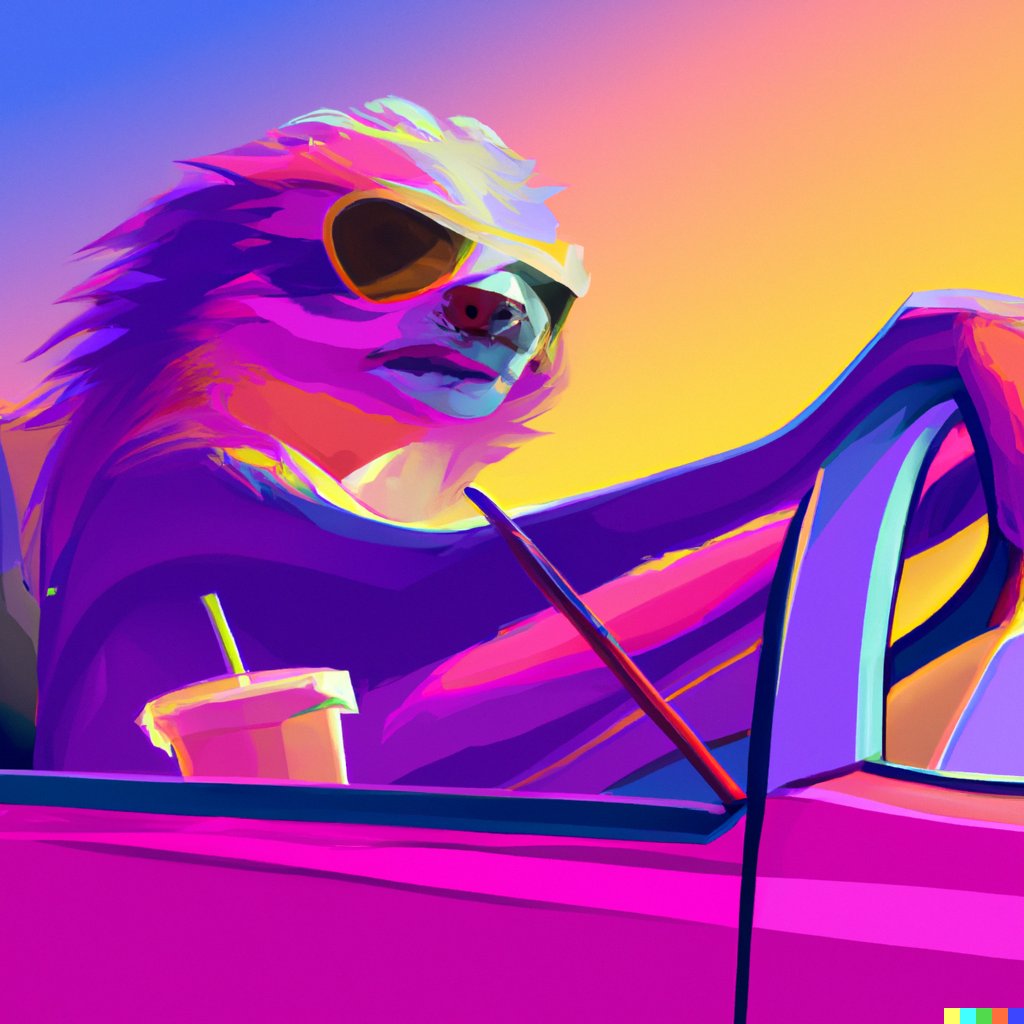
If you do decide to try it, you will find out that it comes with a really neat editor. It will allow you to not only add or remove additional generated frames to your image, but it will also allow you to merge those frames in a logical way. This way you can add or remove parts of an image until everything is to your preference.
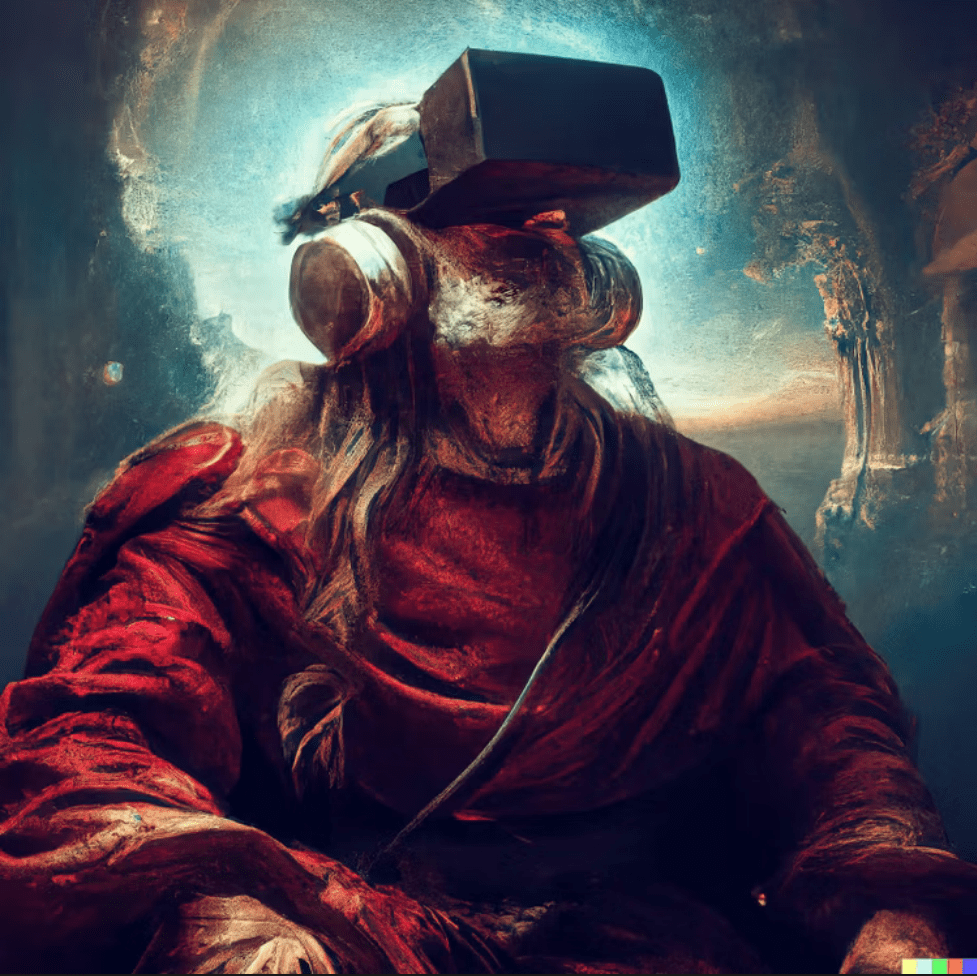
Of course, like the other bots, it does have some rules that creators must follow. These rules are mainly about what kind of images can be generated. You can read more about them on their Content Policy page.
When compared to MidJourney or Stable Diffusion, though, the images it creates can be considered a bit more simple and less detailed.
Adobe Firefly
Adobe Firefly, however, takes things even further.
Firefly is a new addition to Adobe’s Photoshop, which allows you to use AI to further develop your images in real time. What that means is that you can expand on an image you already have open in Photoshop. You can input prompts while you are editing the image. If this sounds familiar it is because it is similar to what Dall-E can do. However, the main difference here is that FireFly does it on a much higher quality level.
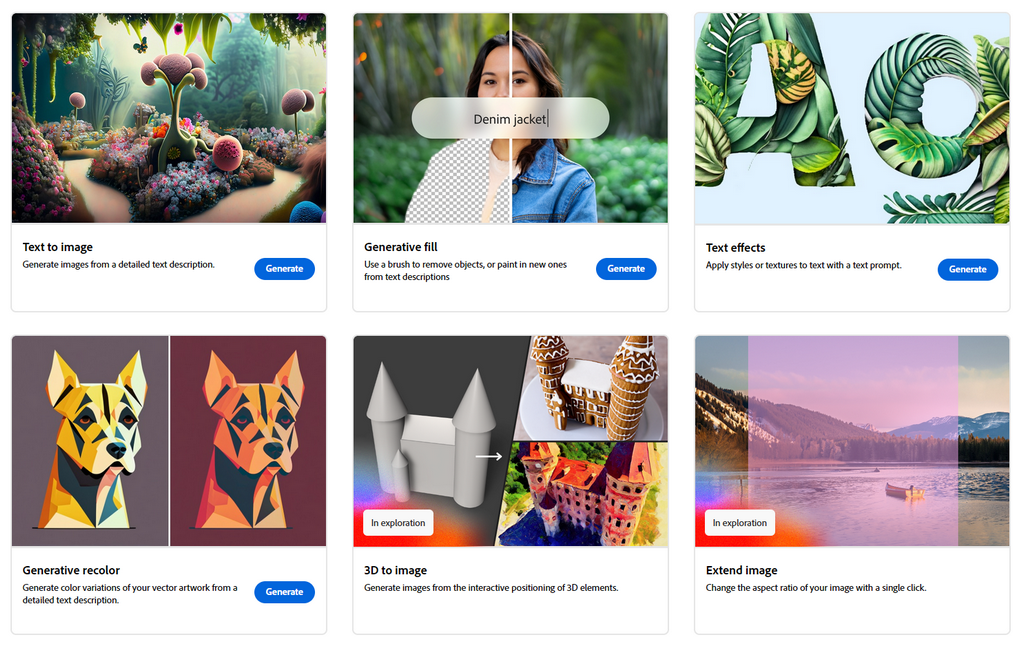
For example, you can use Firefly to change the clothes a person is wearing by simply telling the bot to replace the shirt with a jacket. That is a very basic example, but it should give you an idea of what the bot can do for you. And that is the main advantage here: the bot can do the editing for you, which can save you a lot of time and effort. As Adobe explain it themselves: “Add, extend, and remove content from your images with simple text prompts.” It is like chatting with an artist in real life, with the difference being they apply the changes in an instant.
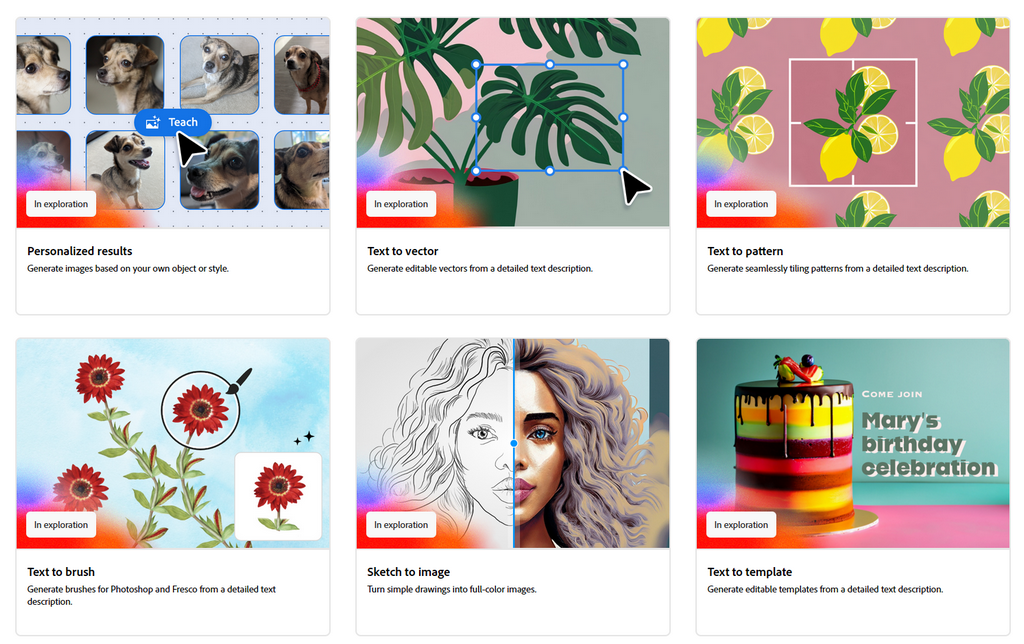
Of course, in order to use Firefly you must purchase Photoshop first. However, if you already have Photoshop, then you are probably using it enough to justify the price, so you should definitely try Firefly out.
Stock Images
If you don’t want to use a bot to create images for your website, then you can look through the countless websites which offer stock images. Some of them have a subscription, others simply ask you to mention the artist and the website when you use their image, and the third are just flat-out free.
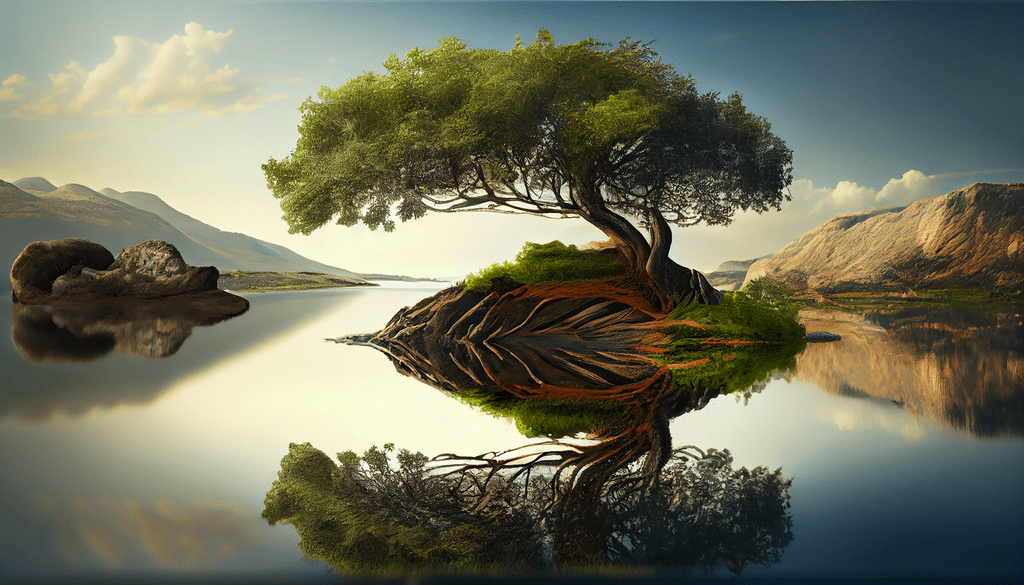
What are Stock Images?
Stock images are free for anyone to use. However, the photographer or owner of said image still owns the copyright. The owner simply allows others to use their images. You may wonder what is so special about that since all images on Google are technically free. Right-clicking an image and downloading it is as free as it can get. While you would be correct that downloading an image off the Internet is free, using said image on the Internet is usually not.
Copyright is a huge deal nowadays; everyone is trying to protect their property. That is why you can get into a lot of trouble if you use someone’s copyrighted pictures on your website. Of course, if you have express permission from the owner of said pictures, or have purchased these pictures from a legitimate source, then you needn’t worry. If you haven’t, though, then there might be trouble coming your way if anyone notices and reports you. That is where stock images come in! The “free” part we mentioned earlier means it is unbound by copyright: you can use such images free of their copyright. Remember that you can’t claim to own the images.
Websites for Stock Images
As we mentioned earlier, there are typically three types of websites that provide free images: subscription-based, mention-based, and the truly free. Here are three examples, one of each type:
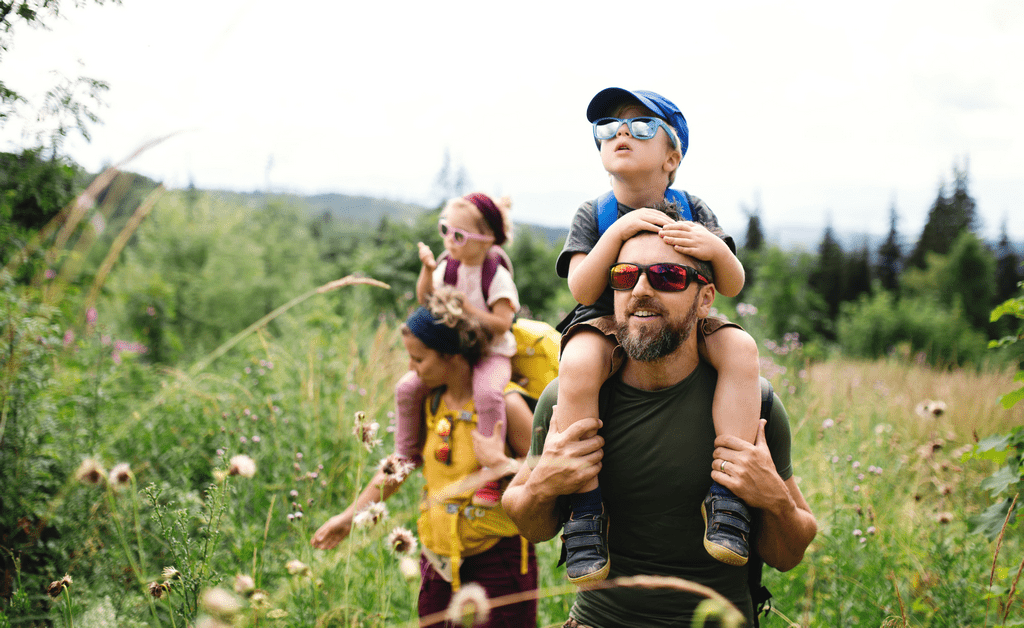
- Shutterstock – The most premium of our selection, Shutterstock has a monthly subscription or a one-time payment option. Each allows you to download a specific amount of images per month or year. The cost is offset by the sheer number of images to choose from and their quality. Not only that, but Shutterstock also offers AI-generated images themselves to keep up with modern trends and technology. There is also the added benefit that you can actually sell your pictures to Shutterstock as well if you are looking for some passive income.
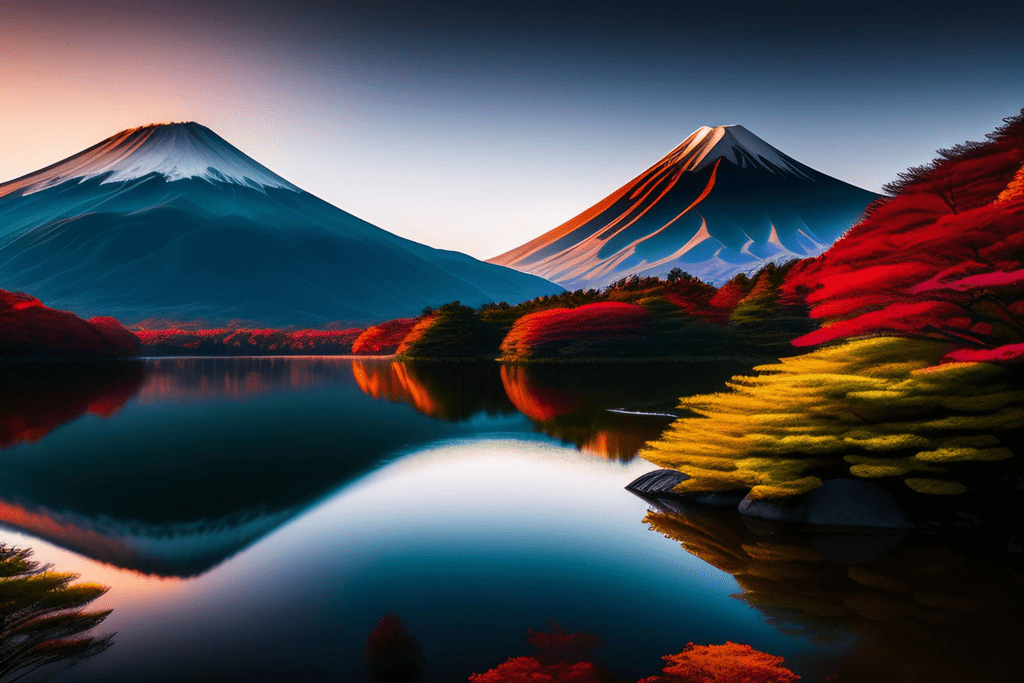
- Freepik – Freepik is a website that offers both free and premium images. The free images are plenty, of good quality, and should be more than enough if you are starting out. Freepik insists you mention the artist and the website if you will be using their images when downloading an image.
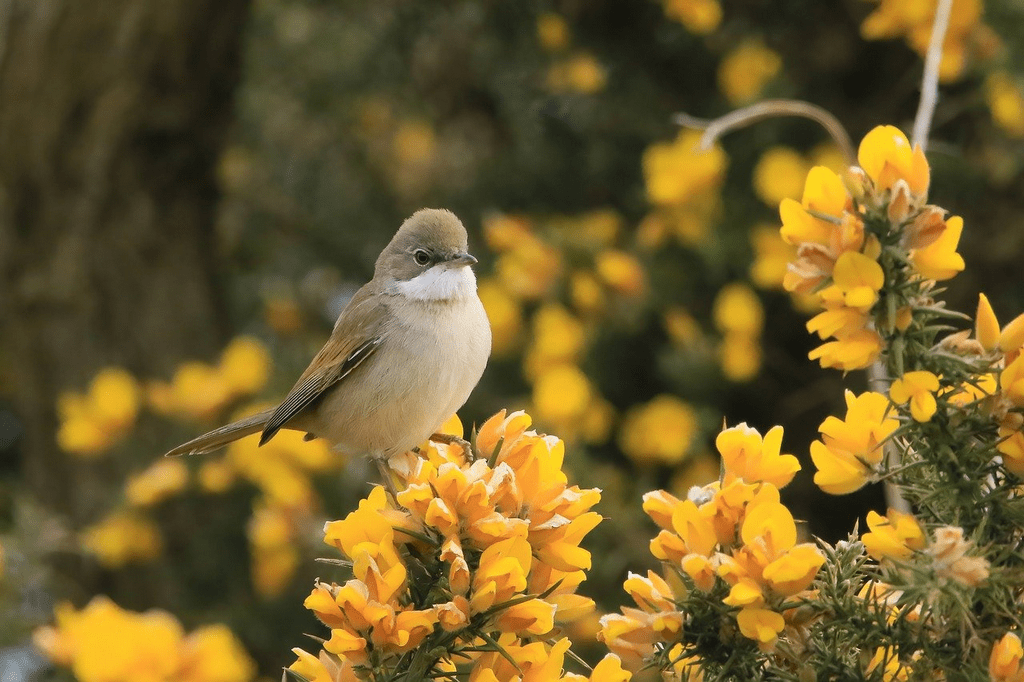
- Pixbay – Last but not least, Pixbay will allow you to download copyright-free images without getting in your face about mentioning its contributors or the website itself. It also has no paid options and will allow you to upload your own images as well. However, what you upload will be available to the public, so keep that in mind.
Of course, there are many more such websites than we mentioned. There are countless others, so if those three don’t have what you are looking for, then you can likely find others which might. Which one is better though: having an AI generate one for you or sifting through thousands of images?
AI or Stock
Both have their upsides and downsides. There is no clear winner here. Because they both require effort: one requires you to perfect your prompt so that the bot will create the image you are looking for, while the other needs you to commit time to click through the pages. Both methods do not promise to provide a perfect result either, so keep that in mind. Especially with AI: you will likely never get precisely what you are looking for. Chances are slightly higher with stock images, but even then, it is not a guarantee.
AI and stock providers will both offer satisfactory results, though. We are confident that with enough effort, you can find images that, while not perfect for your needs, will still make your website look how you want it to. If you know an actual artist whom you can commission, then that is even better. If you don’t, then these two options should suit your needs.
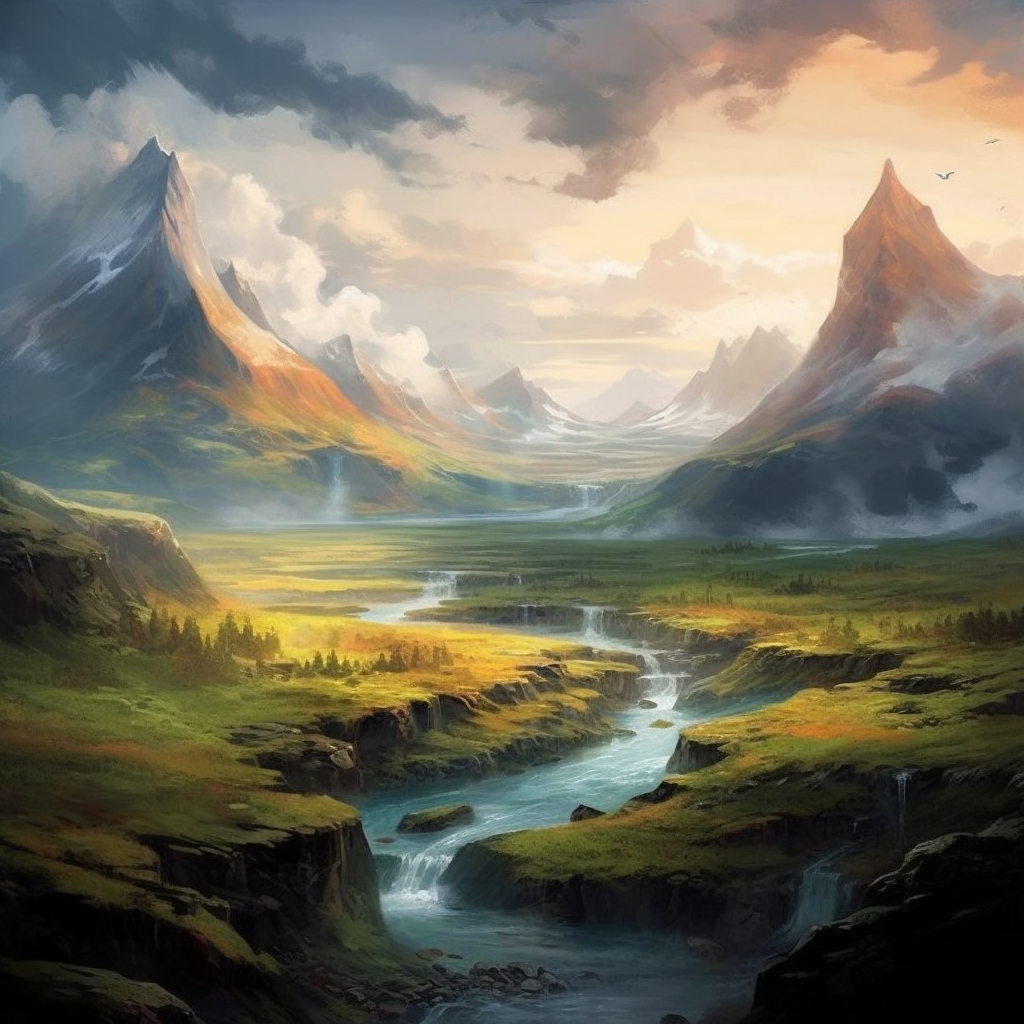
It is not out of the question that both will be the same thing in the future either. With how quickly AI technology is advancing we expect to see providers of copyright-free images start to use AI more and more. Shutterstock has already begun doing that, and we would not be surprised if AI-generated and stock simply become one and the same at some point. It is certainly more convenient to rely on a machine which can churn out quality images in mere minutes. Whole businesses can sprout up around that model. Or, perhaps, we will see a rift between the two: there might be websites which provide exclusively AI-generated images, or copyright-free images created by humans.
With all this tension that AI is causing, it goes without saying that a stigma is forming around AI-generated images. It is understandable, as it is a new and permeating technology, threatening actual jobs. That is starting to breed a new type of exclusivity on the Internet: people shun images created by bots. For the time being, it is easy to recognise such images, because they will have imperfections (artifacting). Anomalies such as mismatched earrings, or spectacles not being properly placed on the face are just a couple of examples of what to look for. Of course, some bots have advanced so much that they are able to minimize artifacting. Still, the sharp-eyed will still be able to spot the issues. Oftentimes there is also the very specific and hard-to-describe look an AI-generated image will have. That specific appearance that you can recognise anywhere, after having seen enough pictures.
Conclusion
Our final thoughts on the matter: AI and stock image providers are both excellent methods of obtaining images for your website. They are both acceptable in their own right. Neither of them will get you into trouble, nor will they actually harm artists or their copyrights. We also believe that AI can add to the art industry and that it shouldn’t be vilified and thought of as something that will ruin digital artists. It can serve as an inspiration to people to strive for improvement or to work alongside it.
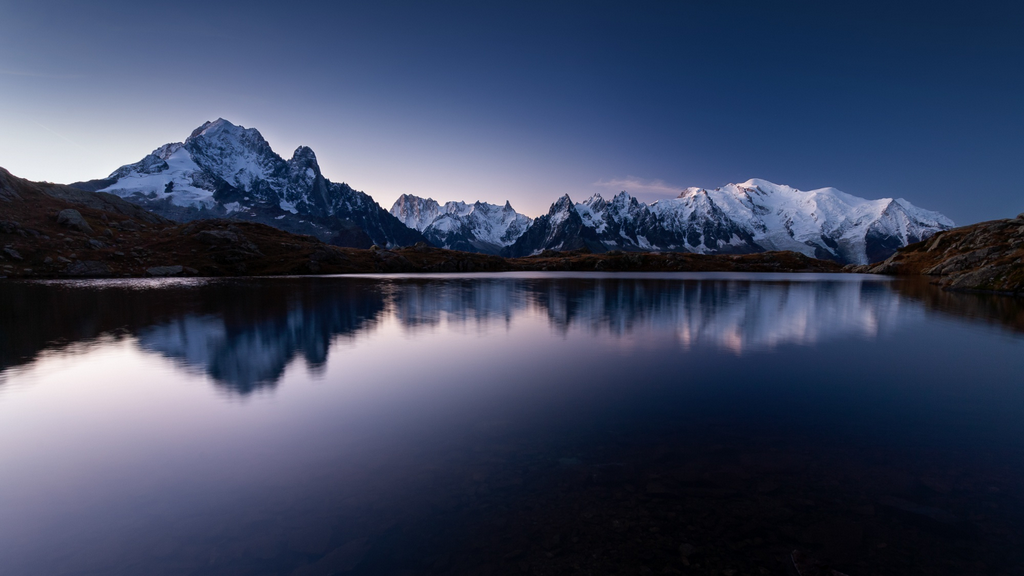
The bottom line is, though, that a bot will never replace the creative spark of an actual human being. An actual human being can contribute to websites that offer copyright-free images for those who cannot create them themselves. We hope that what we discussed in this blog post will help you beautify your website, understand the importance of ownership on the Internet nowadays. and perhaps settle any worries you might have had about image generators.

The latest tips and news from the industry straight to your inbox!
Join 30,000+ subscribers for exclusive access to our monthly newsletter with insider cloud, hosting and WordPress tips!
No Comments